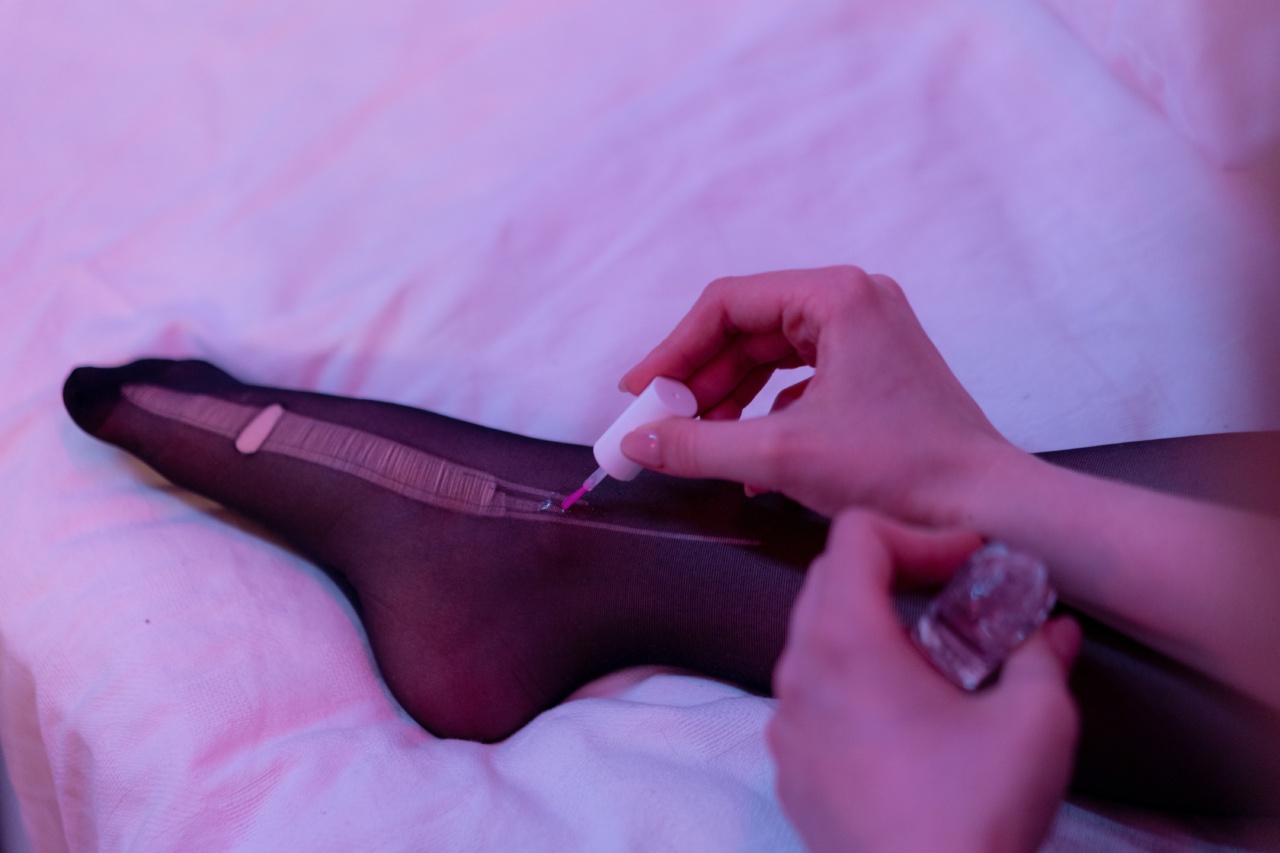Stem cells are undifferentiated cells that have the potential to develop into various types of cells in the body.
They are characterized by their ability to self-renew and differentiate into specialized cell types, making them highly valuable in medical research and regenerative medicine.
The Importance of Throat Muscles
The throat muscles, also known as the pharyngeal muscles, play a crucial role in various activities such as swallowing, speaking, and breathing.
These muscles enable the movement of food and fluids from the mouth to the esophagus and prevent them from entering the nasal cavity or windpipe.
However, throat muscles can become damaged due to various factors, including trauma, excessive strain, certain medical conditions, or aging.
When these muscles are weakened or injured, individuals may experience difficulties in swallowing, speaking, or even breathing properly.
The Limitations of Current Treatments
Currently, treating damaged throat muscles can be challenging. Traditional approaches may include physical therapy, medication, or surgical intervention, depending on the severity of the condition.
However, these treatments often focus on managing symptoms rather than addressing the root cause.
Many individuals with damaged throat muscles are in need of a more effective and long-lasting solution. This is where the potential of stem cell therapy comes into play.
Stem Cells as a Promising Solution
Stem cell therapy has gained significant attention in recent years for its potential to regenerate and repair damaged tissues and organs.
Researchers are exploring the therapeutic applications of stem cells in various medical fields, including neurology, cardiology, and orthopedics.
When it comes to damaged throat muscles, scientists are investigating the use of stem cells to promote muscle regeneration and functional recovery.
By harnessing the unique abilities of stem cells, it might be possible to restore the normal function of the throat muscles and alleviate related symptoms.
Types of Stem Cells Used in Throat Muscle Repair
Several types of stem cells can potentially be used in repairing damaged throat muscles:.
1. Embryonic Stem Cells (ESCs)
Embryonic stem cells are pluripotent and can differentiate into any cell type in the body. However, the use of ESCs is associated with ethical concerns and challenges related to immune rejection.
2. Induced Pluripotent Stem Cells (iPSCs)
iPSCs are adult cells that have been reprogrammed to an embryonic-like state. They share many characteristics with ESCs but do not involve ethical issues. iPSCs can be generated from a patient’s own cells, reducing the risk of immune rejection.
3. Mesenchymal Stem Cells (MSCs)
MSCs are multipotent stem cells that can differentiate into various cell types, including muscle cells. These cells can be obtained from various sources such as bone marrow, adipose tissue, or umbilical cord blood.
MSCs have shown potential in promoting tissue repair and reducing inflammation.
4. Satellite Cells
Satellite cells are a type of stem cell found in skeletal muscle tissue. They play a vital role in muscle repair and regeneration.
These cells can be isolated from a patient’s own muscle tissue and used to promote the regeneration of damaged throat muscle cells.
The Process of Throat Muscle Repair with Stem Cells
Repairing damaged throat muscles with stem cells involves several steps:.
1. Stem Cell Harvesting
The selected type of stem cells, such as MSCs or satellite cells, are harvested from the patient or a donor. The collection process depends on the specific type of stem cells used.
2. Expansion and Culture
The harvested stem cells are placed in a laboratory setting, where they are cultured and expanded in controlled conditions. This step allows the stem cells to multiply and increase in number.
3. Differentiation
Before transplantation, the stem cells are induced to differentiate into muscle cells. Specific growth factors, cytokines, and environmental cues are provided to guide the stem cells towards becoming functional throat muscle cells.
4. Transplantation
Once the stem cells have successfully differentiated into throat muscle cells, they are transplanted into the damaged area. This can be achieved using various techniques, including direct injection, scaffolds, or biocompatible hydrogels.
5. Integration and Regeneration
After transplantation, the newly transplanted muscle cells integrate with the existing tissue and initiate the regeneration process.
The regenerated cells restore the function of the damaged throat muscles, leading to improved swallowing, speech, and breathing abilities.
Potential Benefits and Challenges
The use of stem cells for repairing damaged throat muscles offers several potential benefits:.
1. Enhanced Regeneration
Stem cells have the ability to regenerate and repair damaged tissues, potentially leading to improved muscle function in the throat.
2. Reduced Scarring and Fibrosis
By promoting tissue regeneration, stem cells may help reduce the formation of scar tissue and fibrosis in the damaged area.
3. Personalized Treatment
Stem cell therapy can be tailored to each patient’s specific needs. For example, using a patient’s own cells (autologous transplantation) avoids the risk of immune rejection.
Despite the promising potential, several challenges need to be addressed before stem cell therapy for throat muscle repair becomes a widely accessible treatment option:.
1. Safety Concerns
Ensuring the safety of stem cell therapy, including minimizing the risk of tumor formation or undesirable cell differentiation, is a crucial aspect that needs to be thoroughly investigated and addressed.
2. Optimal Cell Source
Identifying the most suitable and abundant cell source for throat muscle repair is essential. Different stem cell types have different characteristics and limitations, and further research is needed to determine the ideal cell source.
3. Delivery Methods
Efficient delivery methods need to be established to ensure proper engraftment and integration of transplanted cells into the damaged throat muscle tissue.
4. Long-Term Effects
The long-term effects of stem cell therapy for throat muscle repair are still unknown. Continuous monitoring and follow-up studies are necessary to assess the effectiveness and durability of the treatment.
The Future of Throat Muscle Repair
Stem cell therapy holds great promise for repairing damaged throat muscles and improving the quality of life for individuals affected by throat muscle disorders or injuries.
As research progresses and the challenges are overcome, stem cell-based treatments may become a valuable addition to the existing therapies for throat muscle repair.
By harnessing the regenerative potential of stem cells, it is possible to envision a future where individuals with damaged throat muscles can regain their swallowing, speaking, and breathing abilities.
Conclusion
Repairing damaged throat muscles is a complex process that requires innovative approaches. Stem cell therapy offers a promising solution by harnessing the regenerative abilities of stem cells to restore the function of damaged throat muscles.
While significant progress has been made, further research is needed to address the challenges associated with stem cell therapy, such as safety concerns, optimal cell sources, delivery methods, and long-term effects.
Through continued scientific exploration and technological advancements, stem cell-based treatments for throat muscle repair may become a reality in the near future.




























